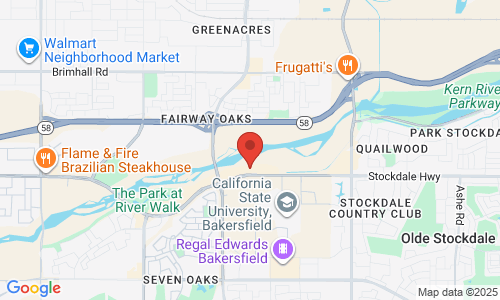Undoing the Knot…..What is a tubal reversal?

When I was about 10 years old, I clearly remember a dinner table conversation when my mom informed my sister and me that she was going to have a “procedure” done the next day at the hospital. A “procedure!” I fretted, at the hospital even! I remember feeling very concerned and confused.
“What are they doing?” I asked, inquisitiveness mixing with anxiety.
“They are tying my tubes” she replied calmly, as if it was a new hair-do she was trying out.
I come from a family of doctors, and even at 10 I had a reasonable sense of internal human anatomy. While it never occurred to me to ask why she was having this procedure, I easily pictured what the surgeon was going to do. In my mind, he would make an incision in my mom’s abdomen and tie a nice little bow with some of the tubular structures in there.
“Oh……., great” I finally replied, “can I have more broccoli please” and the conversation was over.
Fast forward to my first year of medical school, in gross anatomy we were learning about the female reproductive organs. Upon seeing an actual fallopian tube for the first time, my dinner table conversation from 12 years prior came rushing back in vivid detail. I realized how powerful that image of the pink fleshy bow inside my mom’s abdomen had been, and how absurdly inaccurate it was!
Having your “tubes tied” is a simple euphemism for the tubal ligation procedure, which can be performed through a variety of techniques. Each method is designed to occlude the fallopian tube, inhibiting the sperm and egg from meeting and therefore, preventing pregnancy. While the “tying” idea is a useful tool to understand that the tube is being occluded, think of tying a garden hose in a knot. In actuality, no tubal ligation method involves any knots learned in boy scouts, or sailing 101. Most tubal ligations utilize some method which removes burns or clamps a section of the tube, effectively blocking the path between sperm and egg.
Of the 700,000 women each year who undergo surgical sterilization, approximately 10-15% will come to regret their decision. Fortunately, most of these women will be candidates to have their tubal ligation reversed.
A tubal reversal (aka tubal reanastamosis) involves 2 main steps; first the surgeon excises the occluded section of fallopian tube. We can think of this as cutting out the proverbial “knot” that was occluding the tube. Once the occlusion is removed, the open sections of tube are sewn back together.
So long as there is adequate length, at least 4 cm, and the end of the tube is not damaged, a repaired tube will function nearly as well as it did before surgery. In fact, a woman’s chance for conception following tubal reversal procedure is more dependent on her age than any other single factor related to the surgery. Success rates range from 30 to 90% after reversal with the best chance to become pregnant in younger women.
Importantly, even women near the end of their reproductive years can benefit from a tubal reversal. A recent study which compared tubal reversal to IVF found similar success rates in women up to 43 years of age however, the tubal reversal was less expensive.
Therefore, while we now know that there is no bow associated with tubal reversal; with the money you save, you just may be able to buy yourself a present!
If you have any questions about tubal reversal or fertility treatment in general, do not hesitate to contact us. We’d be happy to speak with you!







